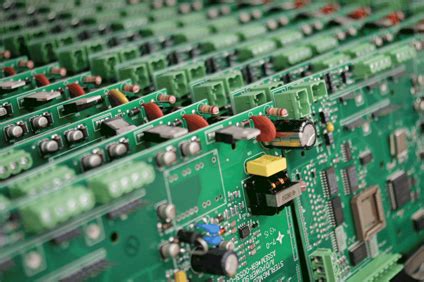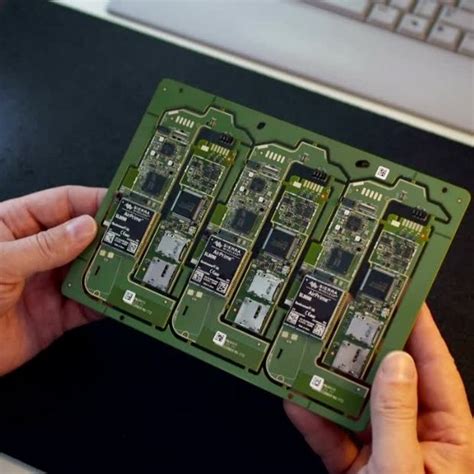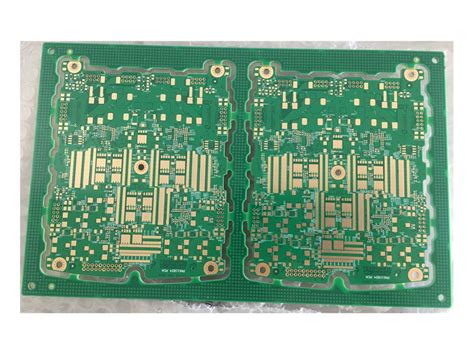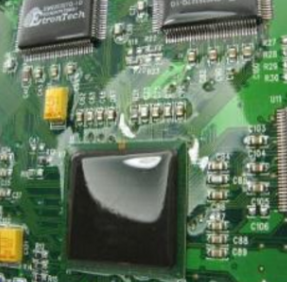Revealing the importance of inductors in high-frequency applications
In our modern electronic devices, inductors are very important passive components and play a key role! Especially in high-frequency applications, the characteristics of inductors are so obvious that they can clearly arrange the needs of modern circuits for power and signal processing. Next, let’s take a closer look at how important inductors are in high-frequency applications and see their unique role and significant advantages in various occasions.
Let’s talk about the basic concept of inductors first.
Inductors are a kind of component in circuits, which are mainly used to store and discharge power. Its working principle is that when the current changes, a magnetic field is formed around the conductor. The main characteristics of inductors are self-inductance and mutual inductance. Self-inductance means that the current changes and the magnetic field changes accordingly, and mutual inductance means that one inductor has an effect on another inductor. Because of these characteristics, the impedance characteristics of inductors at different frequencies are different, which is more prominent in high-frequency applications.

Let’s talk about the demand for inductors in high-frequency applications.
This high-frequency application is widely used in modern communications, radio technology, radio frequency identification, and various digital electronic devices. With the development of technology, the signal frequency is getting higher and higher, and the performance requirements for inductors are also higher. In these high-frequency applications, inductors are mainly responsible for the following aspects:
- Filtering: When the signal is transmitted, the inductor can suppress the high-frequency noise to make the signal clear and stable. It relies on different impedance characteristics for different frequency signals to help the circuit pick out the required signal in the high-frequency environment.
- Energy storage: The inductor can store energy when the current passes through, and release it when the load needs it. This is very important in high-frequency switching power supplies and DC-DC converters. Even if the load changes quickly, it can ensure that there is enough power.
- Impedance matching: In high-frequency signal transmission, impedance matching is very critical. Inductors can adjust the impedance of the circuit, minimize the reflection loss, and improve the signal transmission efficiency.
- Oscillation circuit: Inductors and capacitors can create an oscillation circuit together, which is particularly important in radio transmission and reception. By adjusting the value of the inductor, the oscillation frequency can be controlled to achieve signal selection and filtering.
In high-frequency applications, the design of the inductor must consider many factors, such as inductance value, DC resistance (DCR), high-frequency characteristics, core material and its loss. Let’s talk about a few design points:
- The inductor is worth choosing: High-frequency applications generally require the inductor to have a smaller inductance value to meet the frequency response requirements. Only by choosing a suitable inductance value can it be guaranteed to work well within the required frequency range.
- DC resistance (DCR): This DC resistance has a direct impact on high-frequency performance. The lower the DCR, the less power consumption, and the overall efficiency of the circuit is improved. Therefore, when selecting an inductor, you must consider its DCR value and optimize the circuit performance.
- High-frequency characteristics: The performance of the inductor at high frequencies is closely related to its materials and structure. Using a core material with high magnetic permeability can improve the performance of the inductor at high frequencies. At the same time, the physical structure design of the inductor, such as the winding method and the number of turns, will also seriously affect its high-frequency characteristics, and must be considered comprehensively.
- Inductor loss: Under high-frequency conditions, the eddy current loss and resonance loss of the inductor will increase a lot, so it is necessary to select materials reasonably and optimize the design to try to reduce the loss and make the inductor work stably at high frequencies.
According to different structures and applications, inductors can be divided into many types to adapt to different high-frequency environments:
First, RF inductors are mainly used in the field of radio frequency communications. They have high Q values and good frequency characteristics, and are suitable for signal modulation and demodulation.
Second, chokes are used to suppress unnecessary electromagnetic interference (EMI) caused by current changes, which is quite common in high-frequency power supply design.
Third, transformers. In high-frequency applications, the A22NZ-3BM-01GA transformer can not only transmit electrical energy, but also realize impedance conversion, which improves system efficiency.
Fourth, chip inductors are small in size and have good high-frequency performance. They are used a lot in portable devices and high-frequency circuits.

Let’s talk about actual application cases.
In high-frequency applications such as 5G communications, automotive electronics, drones, and IoT devices, the role of inductors is becoming more and more important. Take 5G communications as an example. The requirements for signal transmission rate and stability are quite high. Inductors use efficient filtering and energy management technology to ensure that data is complete and consistent in high-frequency transmission.
Take automotive electronics as an example.
Various high-frequency devices in the car, such as radars and sensors, also have very strict performance requirements for inductors. In these complex electrical systems, inductors must not only achieve efficient energy management, but also ensure the system’s anti-interference ability to make the car safe to drive.
In the future, inductors will be indispensable in high-frequency applications. From filtering, energy storage to impedance matching, and oscillation circuits, their role is very important. Through continuous research and optimization, the performance of inductors is also constantly improving, providing strong support for the stable and efficient operation of high-frequency circuits!







